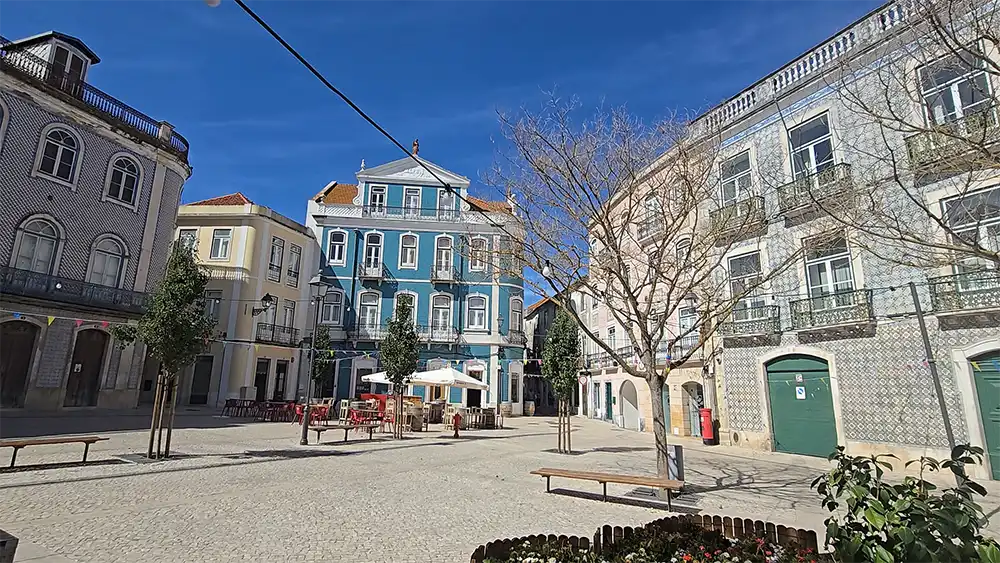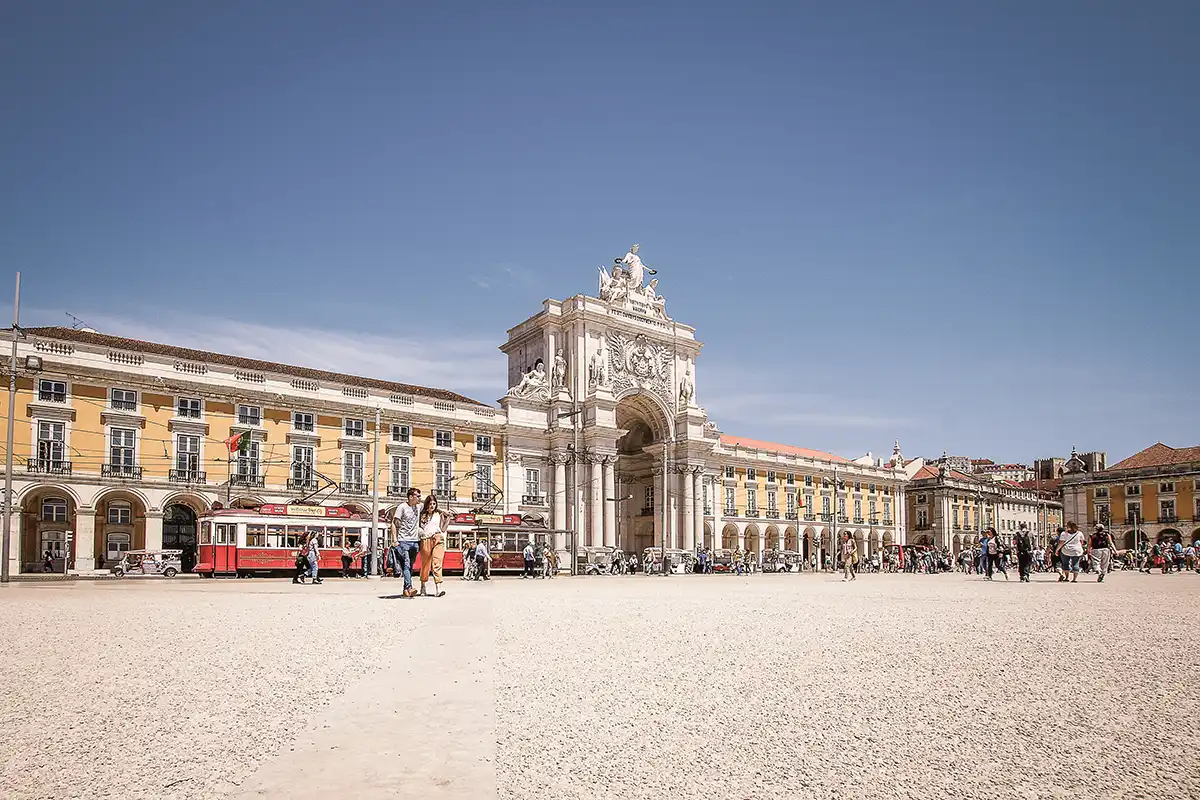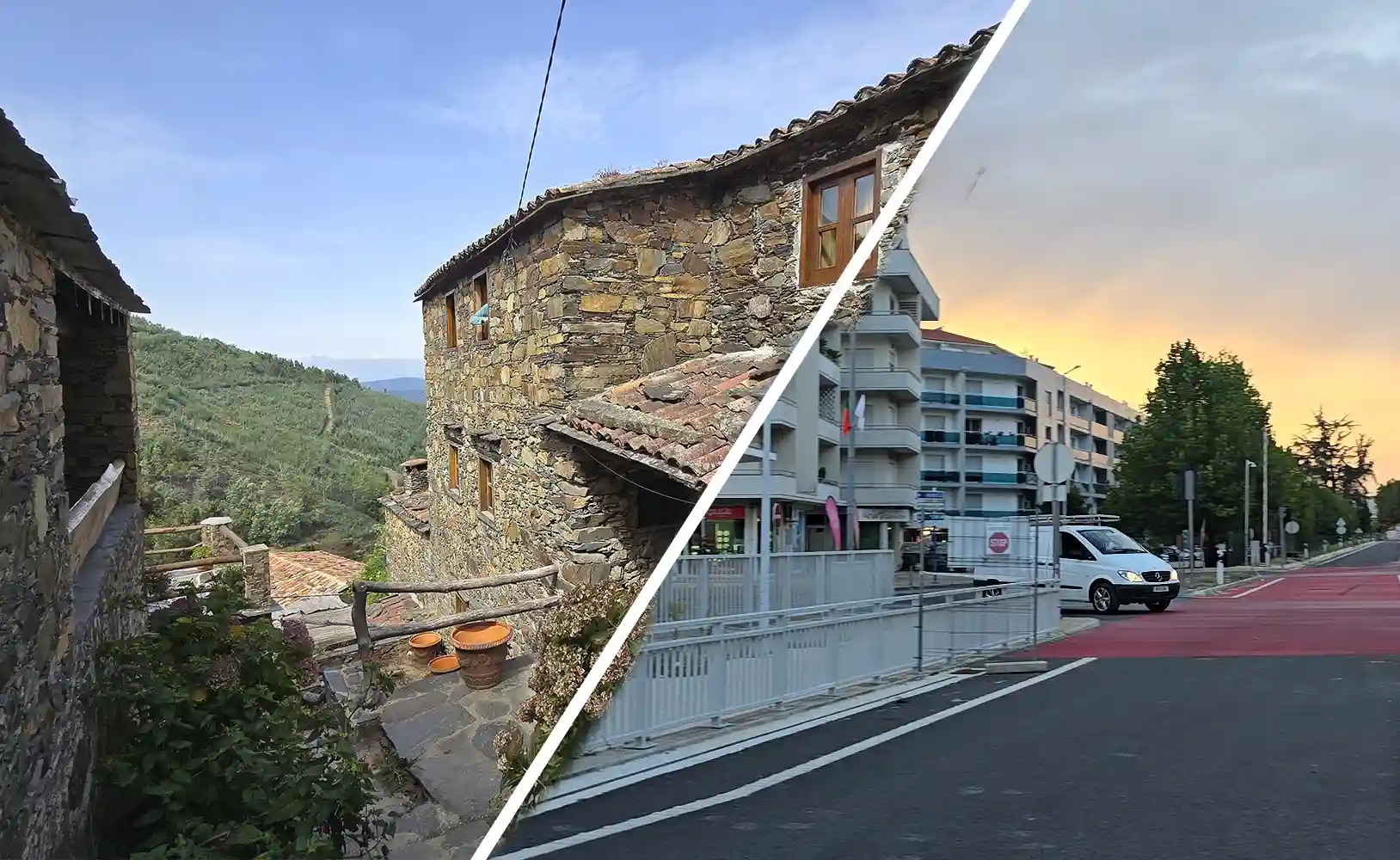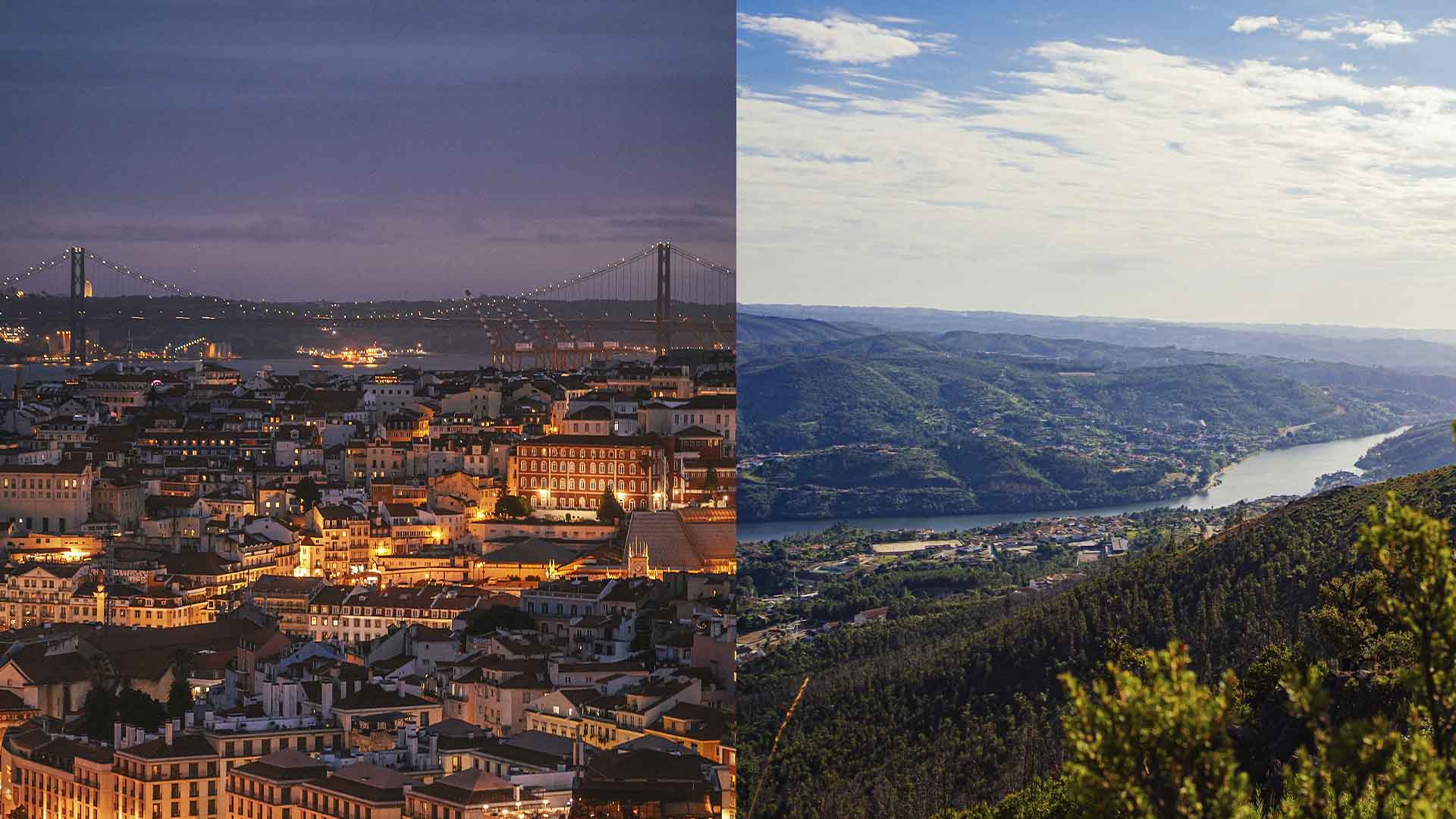When considering a move to Portugal, one of the biggest decisions is whether to settle along the coast or explore the country’s interior. Both regions offer unique advantages and challenges, and understanding these differences can help you choose the right location for your lifestyle and budget.
Need help in choosing the right region for you? Savvy Cat Realty is here to help you make the best decision according to your needs! Contact us today at contact@savvycatrealty.com and tell us all about your plans.
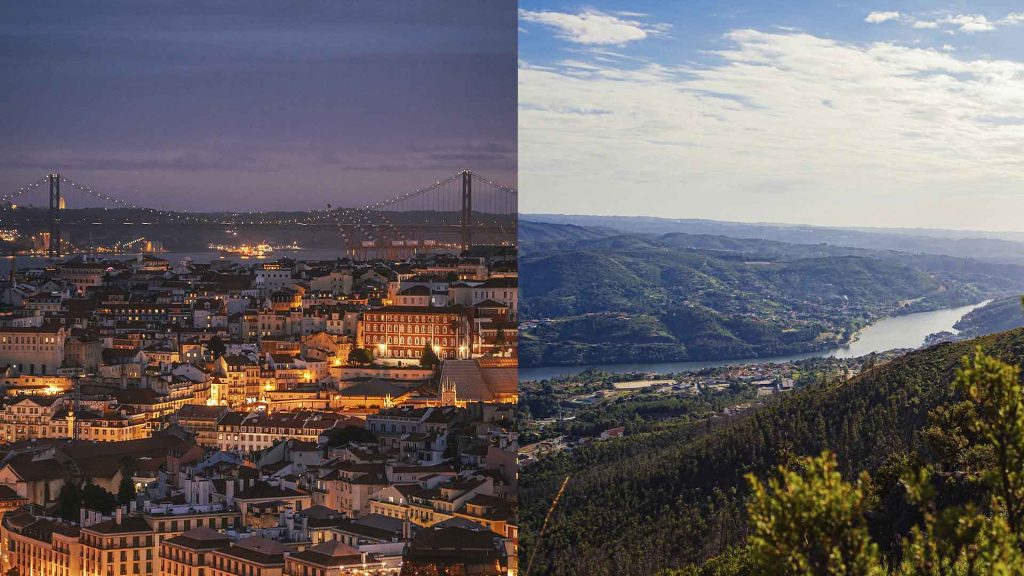
Why the Coast Is More Popular
Coastal Portugal is far more developed and expensive than the interior. Infrastructure plays a major role in this divide. The majority of highways and railway lines run along the coast, making it easier to travel between major cities such as Lisbon, Porto, and Faro.
Flat geography also makes construction and transportation more practical. Add the undeniable attraction of ocean views and beaches, and it becomes clear why the coastline is in such high demand.
The Algarve, in particular, is Portugal’s most popular tourist destination. Its stunning cliffs and beaches have pushed real estate prices higher than in most parts of the country.
The Beauty and Challenges of the Interior
The interior of Portugal is breathtaking, with mountain ranges such as Serra da Estrela (the highest in the country) and Serra do Gerês. These areas are home to charming historic towns and schist villages like Talasnal and Piódão. Many of these villages, once abandoned, have been beautifully restored thanks to tourism.
However, accessibility remains a challenge. Reaching mountain towns often requires long drives on narrow, winding national roads. While technically suitable for two cars, these roads can be stressful, especially in deep rural areas. Even where highways exist, they are limited and concentrated in specific corridors, leaving many interior towns isolated.
Because of these difficulties, commercial development is limited, and residents often face fewer job opportunities compared to the coast.
Prices: A Drastic Contrast
The cost of property clearly reflects the accessibility gap. Data from Portugal’s National Statistics Institute (INE) shows that the most expensive regions are Lisbon, the Algarve, Setúbal, and Porto:
- Central Lisbon: ~4500€ per m²
- Greater Lisbon: ~3383€ per m²
- Algarve: ~2929€ per m²
- Setúbal: ~2325€ per m²
- Porto (city center): ~3500€ per m², ~2254€ on average across Greater Porto
In contrast, interior districts such as Beira Baixa, Douro, and Alentejo offer property prices often below 800€ per m². In some areas, that’s less than a third of coastal averages.
Case Study: Évora vs. Beja
The Alentejo region illustrates the importance of infrastructure. Évora, despite not being the district capital, is far more developed and popular than Beja. Why? Because it has a direct highway and train connection to Lisbon, making it accessible in just 90 minutes.
Beja, on the other hand, lacks a completed highway link. Travelers must take national roads for much of the journey, adding time and inconvenience. The difference in development and property demand between these two cities demonstrates how infrastructure drives growth.
Historical Context
Interestingly, many interior towns were once central to Portugal’s history. Settlements near rivers and on high ground were strategically important for defense and trade, especially along the Spanish border. Cities like Vila Real and Guarda played crucial roles during medieval conflicts.
But in modern times, long-distance travel is more often done by plane than by road, and these once-strategic towns have lost economic relevance. Poor infrastructure has only widened the gap between Portugal’s coast and interior.
The Future: Investments and Opportunities
If Portugal follows through with promised projects like the long-discussed high-speed rail connection with Spain, interior regions could see dramatic changes. Improved accessibility would likely double or even triple property values in some of these areas.
For now, though, the divide remains. Coastal Portugal will continue to attract demand and higher prices, while the interior offers affordability, peace, and natural beauty—at the cost of convenience and opportunity.
What It Means for Expats
- Choose the coast if you value convenience, infrastructure, beaches, and job opportunities. Expect higher costs, especially in Lisbon, Porto, and the Algarve.
- Consider the interior if you’re seeking affordability, tranquility, and a slower pace of life. Be prepared for longer drives, fewer amenities, and limited job markets.
Ultimately, the right choice depends on your lifestyle priorities. Both regions offer a high quality of life—but in very different ways.
Final Thoughts
Portugal’s coast and interior each tell a different story. The coast is dynamic, international, and expensive. The interior is quieter, more traditional, and much more affordable. Both can be wonderful places to live, depending on what you’re looking for.
If you’re considering relocating, it’s worth exploring both regions in person before making a decision.
For tailored advice on moving to Portugal, housing searches, or investment opportunities, you can visit us at www.savvycatrealty.com or contact us directly at contact@savvycatrealty.com



